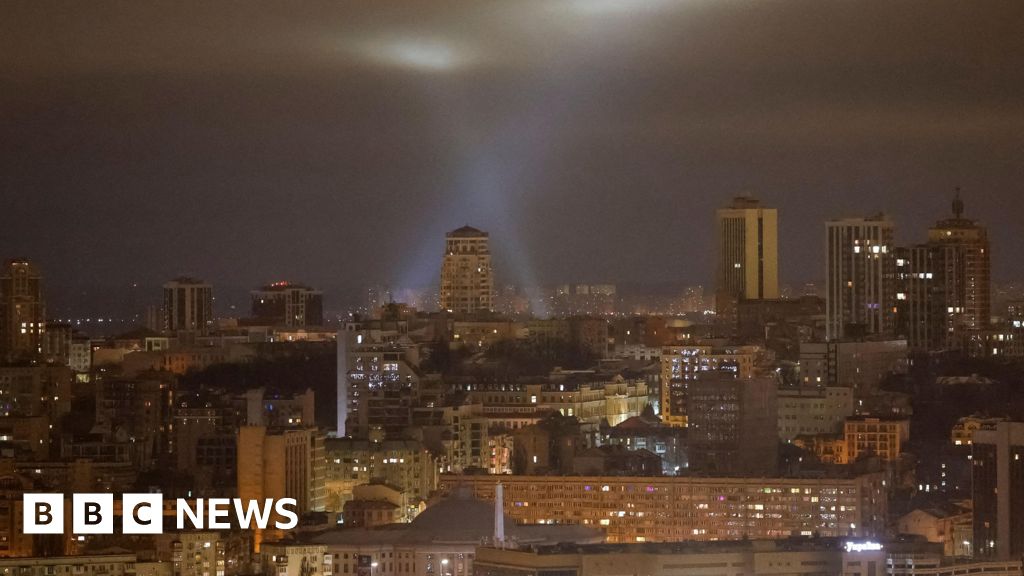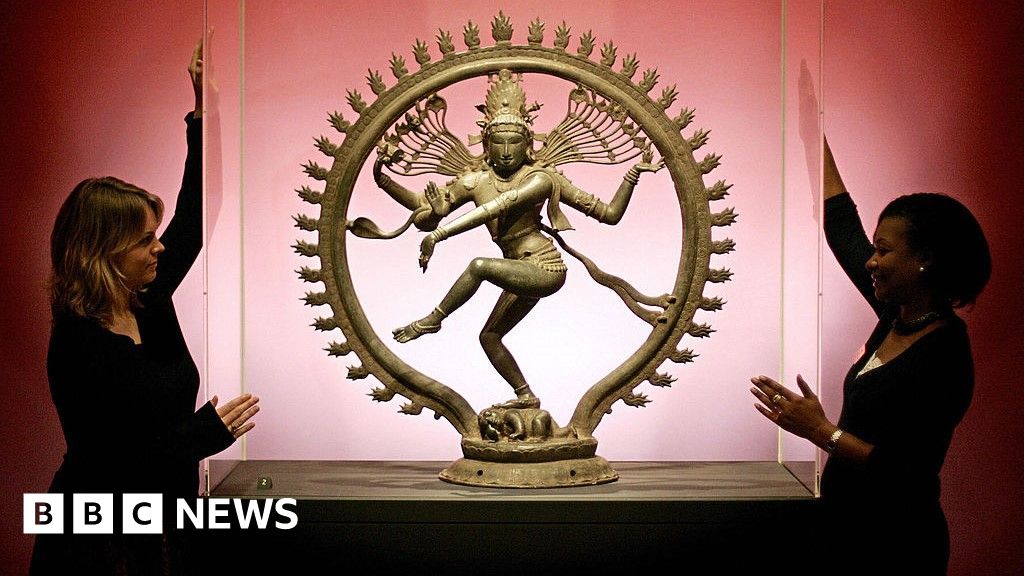ARTICLE AD BOX
By Aparna Alluri
BBC News, Delhi
Image source, Getty Images
Image caption,Abhijit Banerjee won the Nobel Prize for economics in 2019
Abhijit Banerjee was 15 years old when he first cooked a meal.
Those who recognise his name will know that that first meal was not the start of a grand culinary career - rather, Mr Banerjee became a renowned economist and won the 2019 Nobel Prize.
But, in his own words, it was the first of "many thousands of meals" he would cook over the next four decades or so. And those experiments in the kitchen have now made for a surprising cookbook.
"The joke is that Abhijit is a better cook than he is an economist," his publisher says.
Cooking to Save Your Life, which is out this week, is cheeky and charming, telling you not just how to whip up a raspberry ceviche or a comforting bowl of dhal, but also when you should do so. The raspberry ceviche is there to impress others with your sophisticated palate; the dhal for when you want something that "wraps around you like a soft shawl on a winter day", Mr Banerjee writes.
The book began life as a collection of recipes the economist planned to give his brother-in-law for Christmas, but as he put them together he thought there might be something more in his instincts and insights as a cook.
"Cooking is a social act," he says. "It happens in a context. Sometimes, a meal is a gift to your family, sometimes it's an act of seduction, and sometimes it's self-expression."
And there are recipes in his book for all of these moments and more. A Spanish-inspired chickpea soup that may, in turn, inspire a marriage proposal; an "utterly delicious" and easy Bengali fish stew that will surprise your smug friend; a clever Moroccan cooked salad that can turn into a "conversation piece" when the in-laws are over; and a rich biryani as a salve after a night of heavy drinking.
Image source, Juggernaut Books
Image caption,Mr Banerjee's irreverent and relatable book opts for playful illustrations over photographs
Rather than the usual glossy photographs of dishes, Mr Banerjee's book is filled with bright geometric illustrations by Cheyenne Oliver, the family's au pair, who has often cooked along with him.
"We wanted to make people focus on what flavours they want, rather than what the dish should look like," Ms Oliver says.
And rather than celebrate cooking as only an act of generosity, Mr Banerjee's irreverent and relatable book examines the various moods and pressures that drive us to cook, including envy, pride and necessity. He makes it clear that his book might not be very helpful to experienced cooks, but it does offer lessons beyond the recipe itself.
Mr Banerjee has spent much of his career in economics trying to understand how the poor live and the choices they make - seminal work that has won him and his colleagues the Nobel Prize. One of the things he found was that contrary to common perception, whether you are rich or poor, the joy of a delicious meal trumps nutrition.
And that's exactly what he serves up: indulgent and even decadent recipes that are built simply and cleverly, with conscious choices and without too many ingredients. The idea, he says, is to help you make the perfect meal even if you are lacking time or resources, or both.
For example: how to build a meal in which vegetables are the star and the meat is just a participant; how to cook chicken like a vegetable to coax the red meat-lovers to give it a try (as he did with his wife); how to plate up a dessert in under 15 minutes when you have run out of sugar.
Image source, Getty Images
Image caption,Recipes include hearty Indian staples such as Khicdhi, a dish of rice, lentils and vegetables
Mr Banerjee's book is one that belongs nowhere in particular - it throws up recipes from Nepal to Sicily, but with enough nods to his Indian and especially Bengali roots and upbringing. There are plenty of Bengali staples here, from prawns simmered in coconut milk to a hearty local version of khichdi (rice, lentils and vegetables cooked together, which Mr Banerjee says is one of his favourite comfort foods).
The chapter on hors d'oeuvres is filled with Indian street food inspirations, from masala or spiced peanuts to spicy, sour potatoes (which incidentally go perfectly with a shot of chilled gin or vodka, according to Mr Banerjee's friend). The recipe for mango ceviche asks for banginapalli, a beloved Indian mango that is not typical of the South American dish.
He also manages to squeeze in three different recipes for dhals, which he declares to be "India's greatest contribution to the human civilisation". Mr Banerjee can think of 20 more recipes for dhal, he says, but he hopes these three do the job.

 3 years ago
45
3 years ago
45








 English (US) ·
English (US) ·